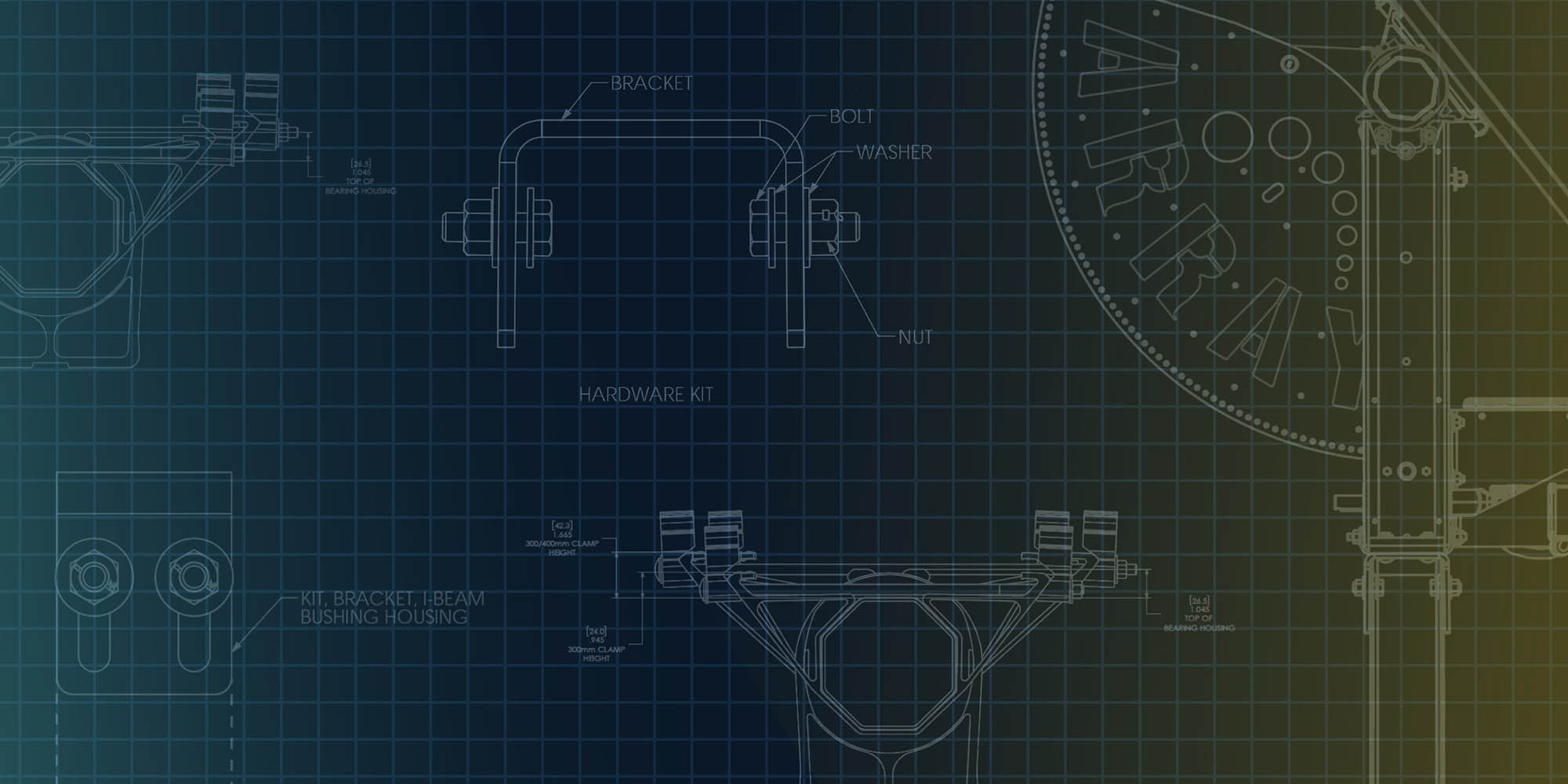“Factor of Safety” and Design Life
“Factor of Safety” is defined as the ratio of a structure’s capacity to the demand placed on that structure. It can be thought of as excess capacity above the required design loads. Its purpose is to provide a measure of safety against failure due to underestimated loads, overestimated capacity, or a combination of both. The larger the factor of safety, the greater a structure’s reserve capacity. The factor of safety should always be greater than 1.0, otherwise the capacity of a structure would be less than the demand placed on that structure.
The American Institute of Steel Construction (AISC) has developed design specifications that are generally accepted for the design of steel structures. These specifications provide guidance to determine the capacity of steel structures and components, and the minimum factor of safety for steel structures and components. For beam-column elements loaded primarily in bending and compression, the minimum factor of safety is 1.67. Driven steel piles, like those used as Array Technologies’ solar tracker foundations, are classified as beam-column elements, and are governed by the AISC design specifications and factor of safety.
“Design Life” is the length of time for which a structure or element is expected to safely meet all design requirements. Therefore, a structure must maintain at least the minimum factor of safety through to the end of its design life.
A driven steel pile embedded in the ground will suffer deterioration from corrosion. Hot dip galvanization will delay the corrosion of the steel; however, some loss of steel section is inevitable. The longer the pile remains in service, the more the steel corrodes, the more section loss it will suffer, and the greater its loss of capacity. Since the demand on the structure does not change with time, a reduction in capacity results in a reduction in the factor of safety. Unlike above-ground structures that can be rehabilitated to preserve their structural integrity and maintain their factor of safety, driven piles cannot be modified after installation—at least not economically. Therefore, the pile must be designed with a factor of safety that exceeds the code-specified minimum when first placed into service so that it will still have sufficient capacity at the end of its design life.
Since its inception, RPCS has been designing and installing foundations for Array trackers that safely and economically exceed structural requirements throughout a facility’s design life, protecting the owner’s assets and investment.
For more information on RPCS’ design and engineering solutions, see RPCS’ services page.
Meet Mario Colecchia
Senior Structural Engineer
Welcome to RPCS’s Solar Engineering Blog Series: Everything You Wanted To Know About Solar Engineering But Were Afraid To Ask! Over the course of the year, Senior Structural Engineer Mario Colecchia will be providing an in-depth look at popular solar engineering topics while offering unique insights into RPCS’s project design challenges, solutions, and expertise.

